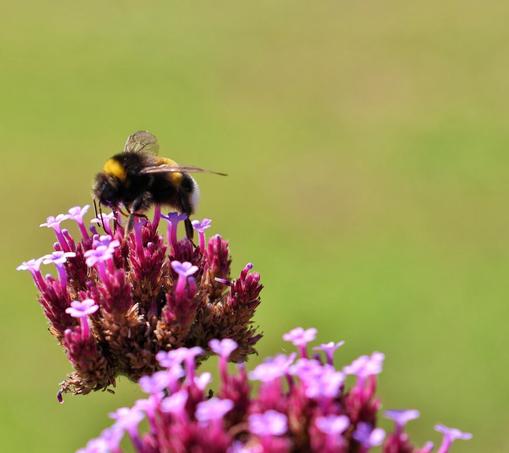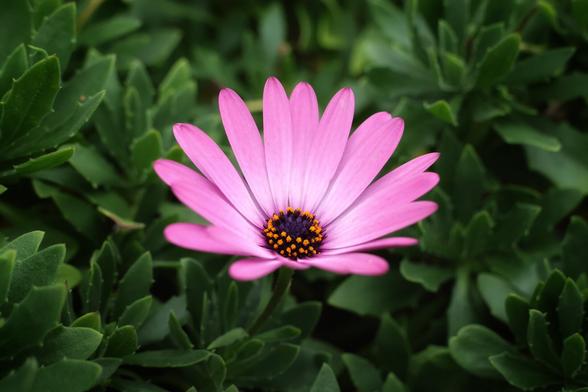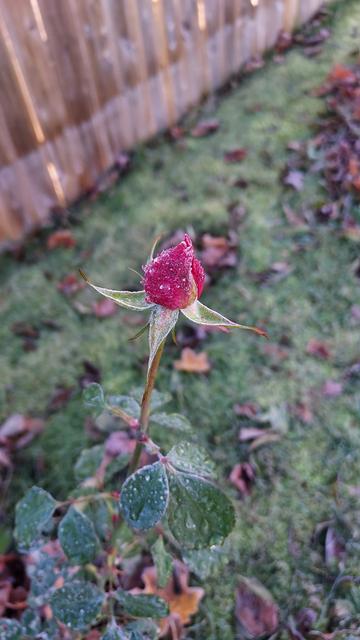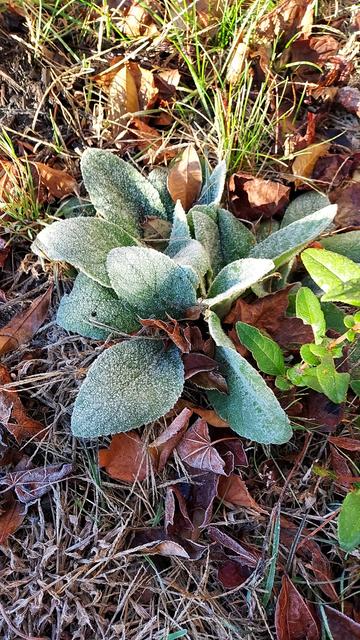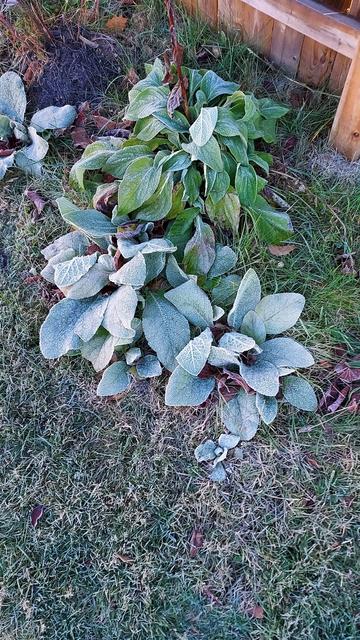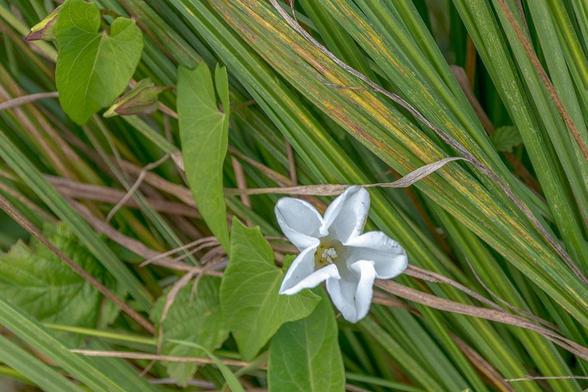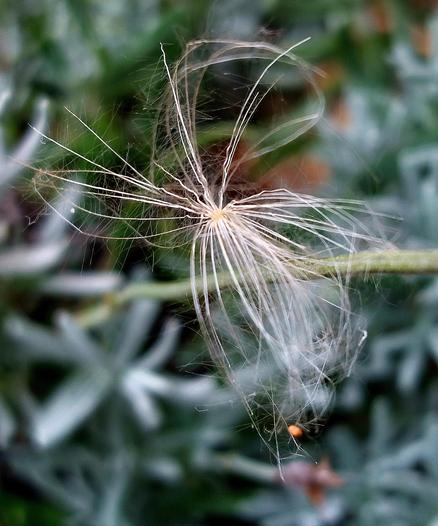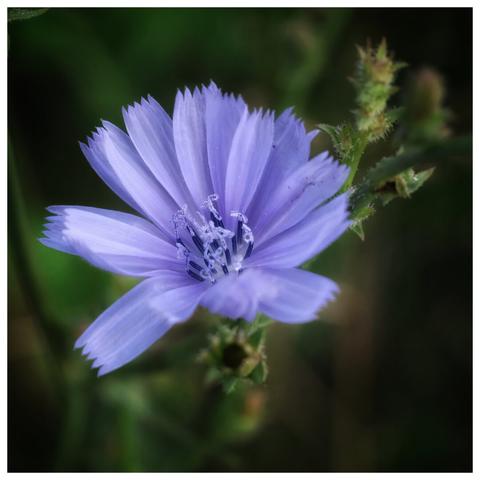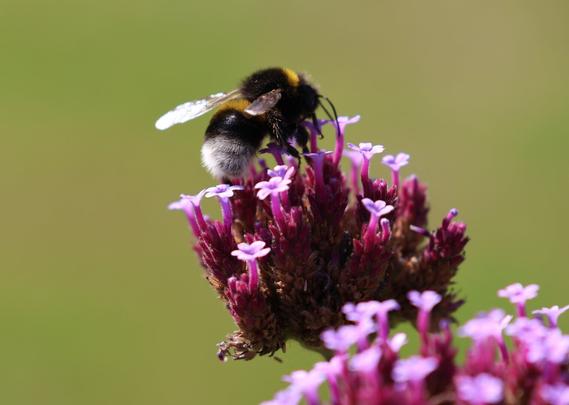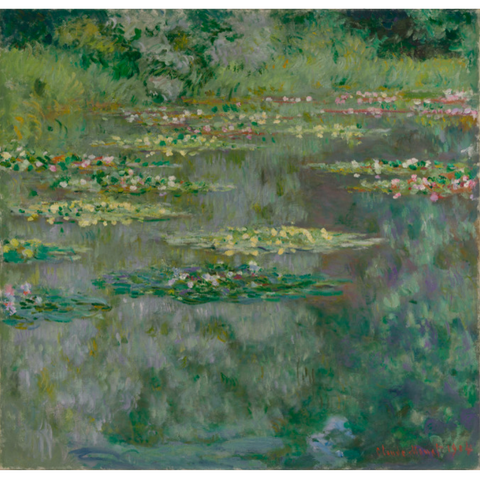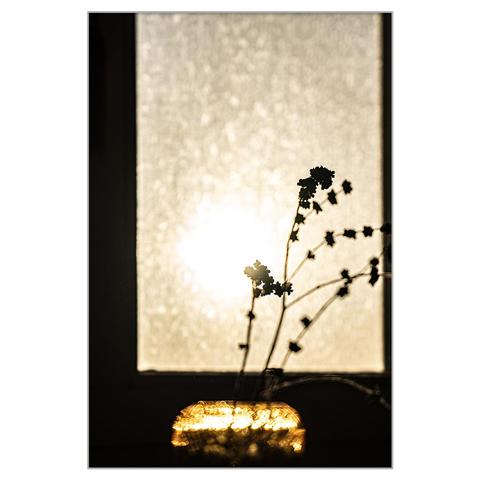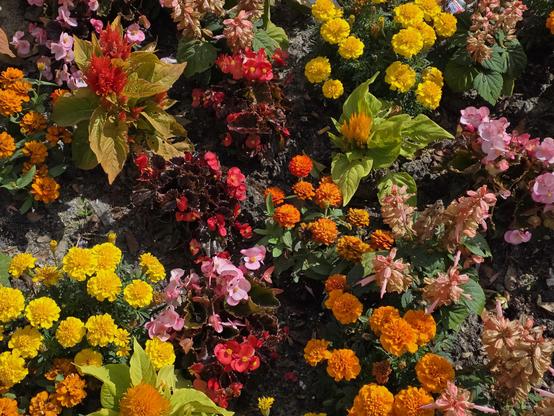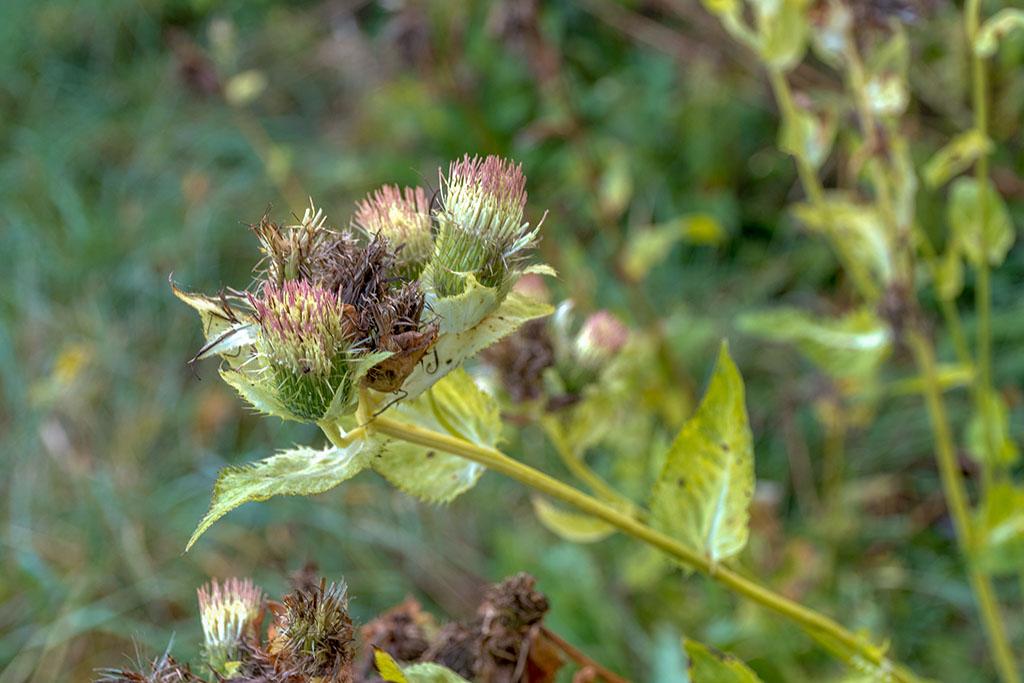"Waterlilies, or The Water Lily Pond (Nympheas)," Claude Monet, 1904.
Y'all know Monet by now.
Monet was a passionate gardener and also quite the perfectionist. He obsessively arranged plants around the pond in his garden in Giverny for maximum reflection, would clip dead blossoms off the water lilies, and even trimmed the pads to keep them an ideal shape. Rumor has it he paid to have the road by his house paved because he hated the dust that settled on his flowers.
From the late 1800s to about 1910, he worked on hundreds of water lily paintings, often having several canvases by his side that he would switch out as the light changed, and then return to them the next day. Sometimes he'd find he overworked a canvas, and slash at it in frustration with his palette knife.
He did about three hundred paintings of his garden in that period. This is one of four water lily paintings from 1904 that have survived; the rest were discarded and destroyed.
I once read a book where a character says to another, "You're as jittery as a water lily in a Money painting!" and that made me laugh....
Happy Flower Friday!
From the Denver Art Museum.
#Art #Impressionism #ClaudeMonet #WaterLilies #FlowerFriday
